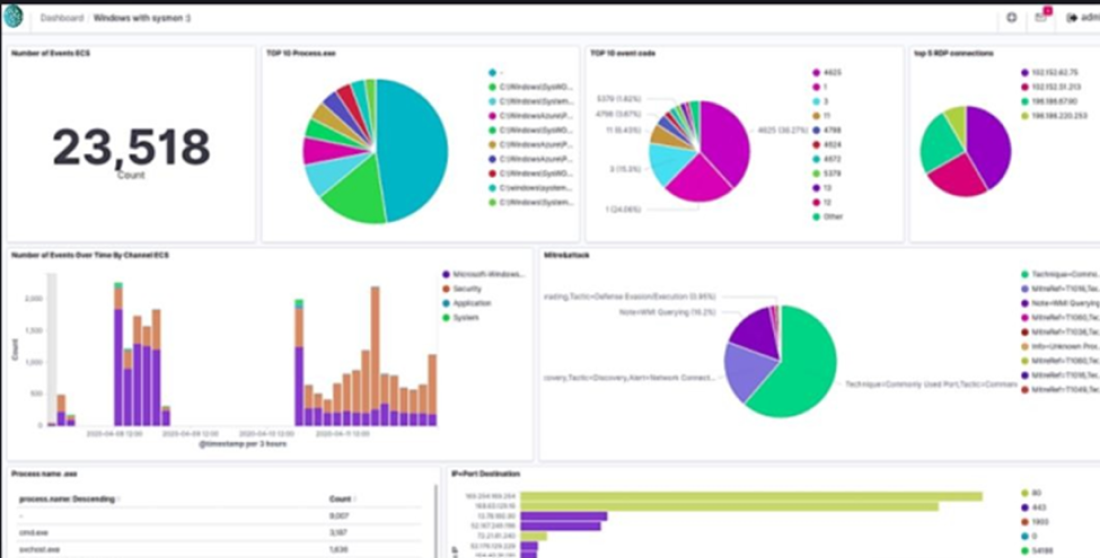Protocols
RAPTOR EYE integrates IoT and OT through protocols like MQTT, OPC UA, Modbus TCP, SNMP, CoAP, and BACnet/IP, facilitating seamless communication and management of industrial devices and processes.
- MQTT (Message Queuing Telemetry Transport): MQTT is a lightweight messaging protocol commonly used in IoT deployments for communication between devices and servers. RAPTOR-EYE platforms can subscribe to MQTT topics to receive event notifications and telemetry data from IoT devices, allowing for real-time monitoring and analysis.
- RESTful APIs (Representational State Transfer): Many IoT platforms and cloud services expose RESTful APIs for accessing device data and managing device configurations. RAPTOR-EYE systems can leverage these APIs to pull data from IoT devices and platforms for security monitoring and analysis.
- Modbus: Modbus is a widely used serial communication protocol in industrial IoT (IIoT) environments for connecting industrial devices and equipment. RAPTOR-EYE systems can integrate with Modbus gateways or controllers to collect data from industrial IoT devices and detect security threats.
- CoAP (Constrained Application Protocol): CoAP is a lightweight and efficient protocol designed for constrained devices and low-power, low-bandwidth networks, making it suitable for IoT deployments. RAPTOR-EYE platforms can communicate with CoAP-enabled devices to collect data and monitor their behavior for security purposes.
- AMQP (Advanced Message Queuing Protocol): AMQP is a messaging protocol that provides reliable message delivery and queuing features. RAPTOR-EYE systems can use AMQP to receive event data and telemetry messages from IoT devices, enabling centralized analysis and correlation of security events.
- Custom Protocols: In some cases, IoT devices may use proprietary or custom communication protocols. RAPTOR-EYE platforms may support custom integration options, such as SDKs or plugins, to ingest data from these devices and integrate them into security monitoring workflows.
